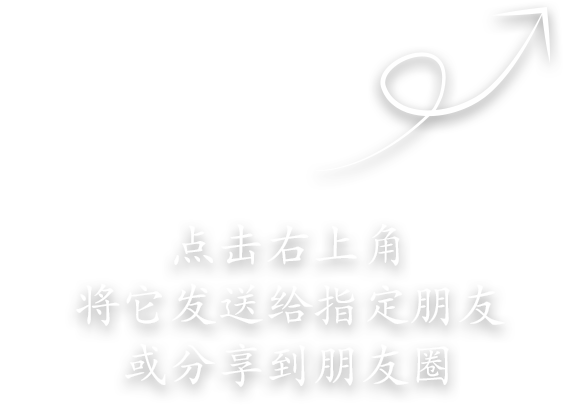Foam printing is a printing process in which special microsphere foam ink is printed on the substrate material. After entering the drying oven for heating, the ink is heated and foamed, then cooled and solidified into floating and convex text or patterns.
The foaming agents used in foaming ink are different, therefore, the printing process used also varies, which can be divided into two processes: microsphere foaming and trench bottom foaming.
1、 Microsphere foaming printing
Microspheres are the main component of microsphere foaming ink, synthesized from resin. They are spherical particles with a diameter of 5-80 microns and filled with low boiling solvent in the middle. The principle is that after the sphere is heated, the low boiling solvent inside the sphere vaporizes, increasing the volume of the microspheres by 5-30 times. After the microsphere foam ink is printed on the substrate, it is heated to 130 ℃ through a drying channel. Within a few seconds, the microspheres in the ink expand, forming countless small bubbles, causing the ink layer to form a convex shape.
The main components of microsphere foaming ink are acrylic ester and other resin copolymers, microspheres, urea, colorants, and other components.
In microsphere foaming ink, acrylic esters are used as linkers; Microspheres are synthesized using raw materials such as vinylidene chloride, acrylonitrile, and benzoyl peroxide; Urea can promote the expansion and diffusion of microspheres when heated and vaporized, while also neutralizing the acidity of the color paste; Color paste is composed of a paste and additives, which should have good structural viscosity and printing effect.
Microsphere foaming printing can be done using screen printing method, which is dried at low temperature and then heated for foaming.
2、 Bottom foaming printing
Bottom foaming ink is mainly based on polyvinyl chloride resin, which dissolves foaming agents in liquid polymers. When the ink is heated, the foaming agent vaporizes, causing countless small pores to form in the ink layer, and the pattern foaming body protrudes
The main components of bottom foaming ink are: polyvinyl chloride resin, calcium carbonate, dioctyl phthalate, dibasic aluminum phosphite, azodicarbonamide, and pigment.
After thoroughly grinding the above raw materials, mix them into a paste like resin and dilute with an appropriate amount of solvent.
In the foaming ink at the bottom of the ditch, polyvinyl chloride resin is the connecting material; Calcium carbonate is used as a filler, and dioctyl phthalate is a plasticizer for polyvinyl chloride resin, which increases the plasticity and flowability of polyvinyl chloride resin during molding; Dibasic aluminum phosphite as a stabilizer; Azodiformamide is a foaming agent, with a decomposition temperature of 155-210 ℃ and a gas generation rate of 190-220 milliliters/gram in plastics. During decomposition, ammonia and carbon dioxide are released, and the finer the pigment, the better. It is used for coloring.
The foaming printing process at the bottom of the groove is quite complex. When the ink prepared into a paste is brushed and printed on the substrate, it can be rolled and pressed on the printing roller, embossing roller, or groove bottom printing embossing roller to produce different shapes of raised patterns.
The bottom foaming process can be further divided into chemical foaming and mechanical foaming.
1. Chemical foaming adopts screen printing method, which forms patterns after drying, foaming, and cooling. It is a substrate printed with foaming ink that is input into a foaming machine and loosened. The foaming agent is heated and decomposed to produce gas, causing the ink layer to foam. The amount and degree of action of foaming agents in ink depend on their decomposition temperature.
2. Mechanical foaming adopts gravure printing method, which is embossed by groove bottom embossing roller and heated by drying channel,





